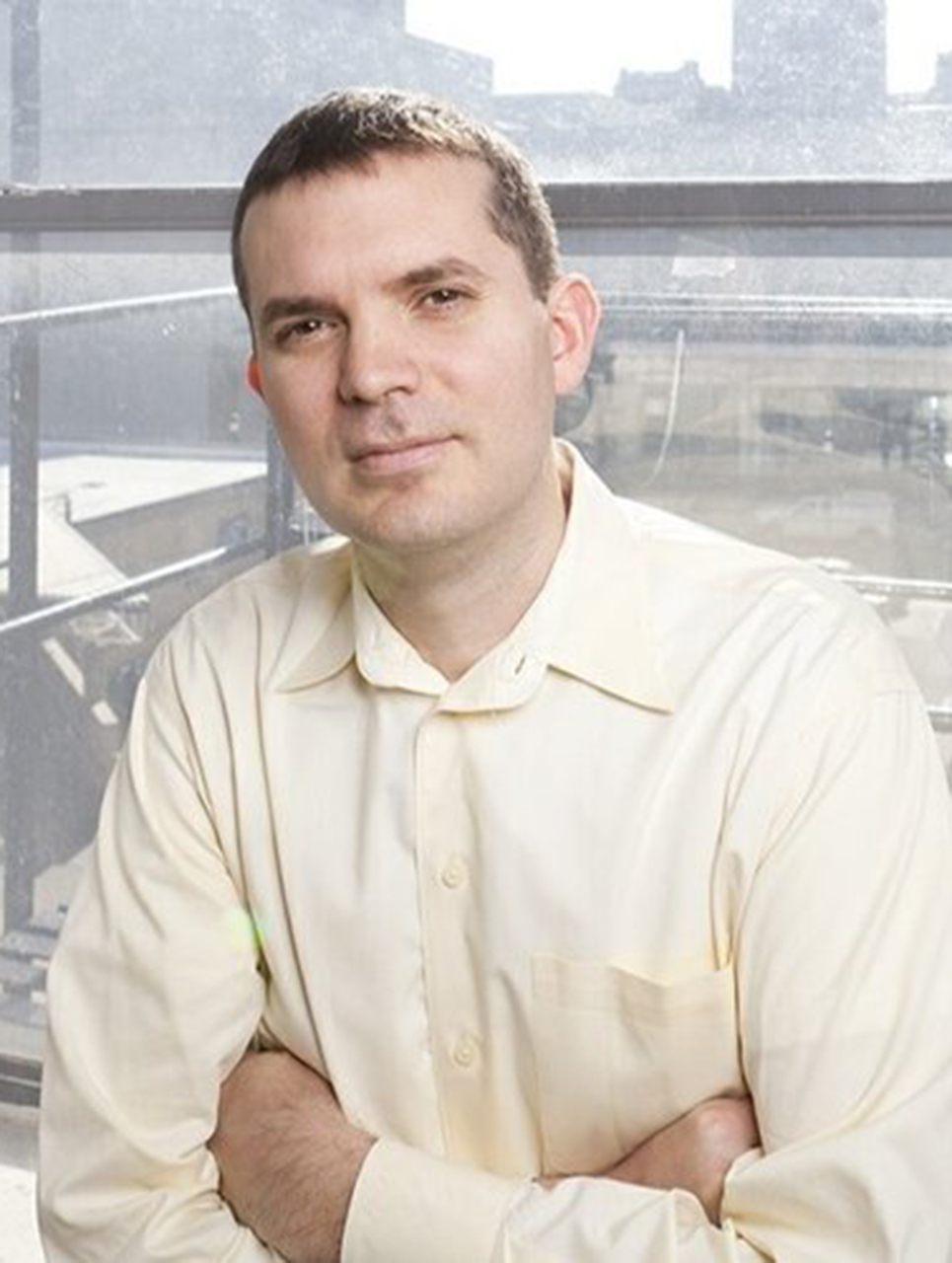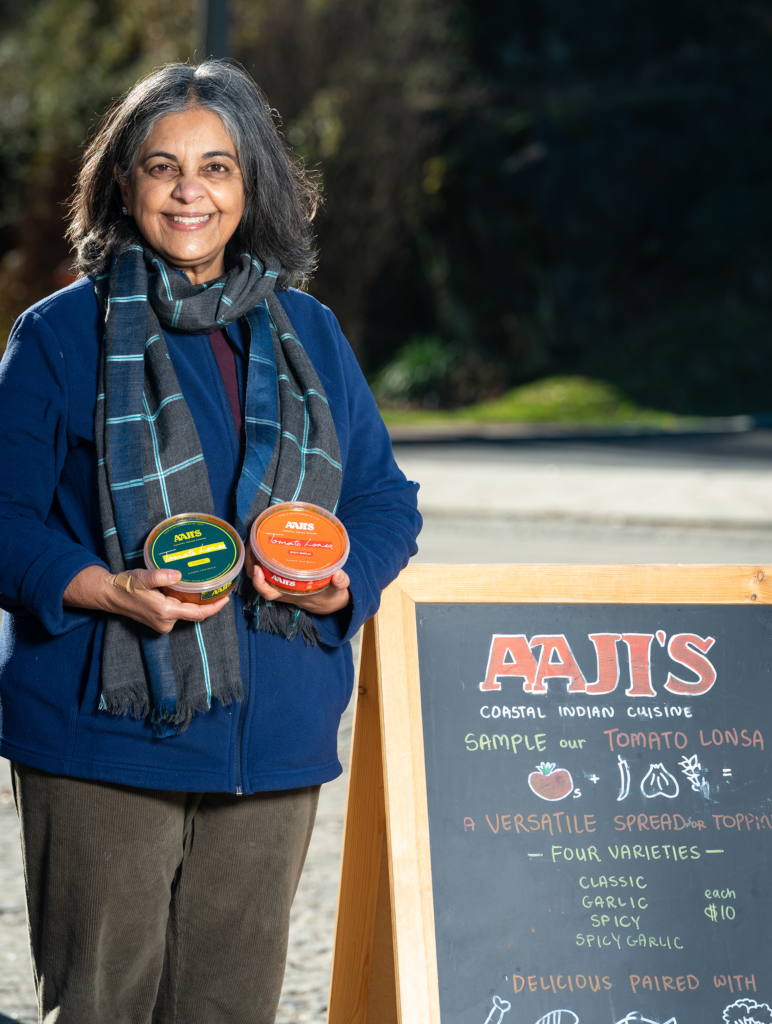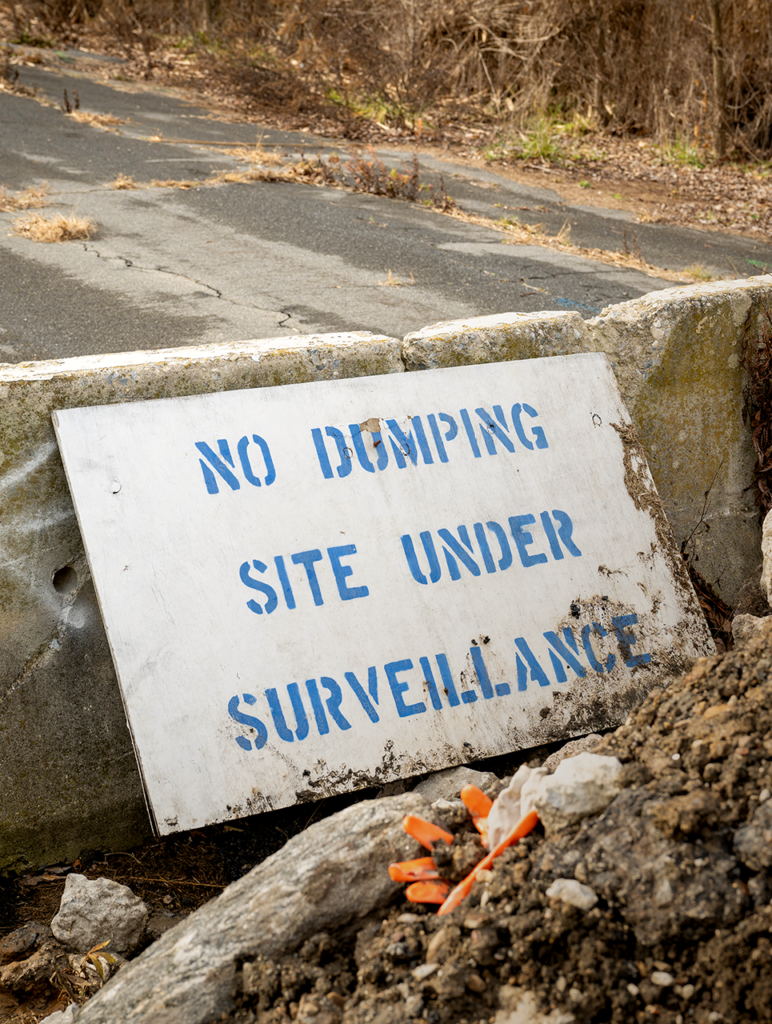
Whether it’s the shame of encountering trash dumped in your neighborhood, the despair of seeing a littered landscape or the outrage of witnessing recyclables and trash being dumped into the same truck, everyone who lives in Philadelphia eventually feels the psychological toll of mishandled waste. It makes all of us feel helpless, and then, the emotion on the other side of that coin: anger.
The City of Philadelphia has never gotten recycling right, despite having a recycling director in 1985, Maurice Sampson, who had a clear idea of how the nascent program should work, as you can read about in our story about glass recycling on page 28. Almost 40 years later, Mayor Kenney’s Department of Streets, led by Carlton Williams, has allowed recycling to hit what one only hopes is rock bottom.
The recycling department, such as it is, has been chronically understaffed and underfunded. For years at a time, the City has gone without even having a recycling director, and they have never had more than two people in the department. Unsurprisingly, there is very little outreach and education around how to recycle.
For example, did you know that wet paper can’t be recycled? That means every time it rains on recycling night, all of our uncovered bins become a contaminated mess, and what could have been recycled turns into trash. One of the City’s best kept secrets is that they offer lids for their bins, but to get one, first you need to know they exist, and once you do, you have to go to one of the city’s six sanitation convenience centers.
You can get bins there, too; one bin per visit, but you can get up to two per year, provided you don’t mind making two trips. Oh, and call ahead to make sure they have them in stock. And don’t forget to bring your government-issued identification with you. We wouldn’t want these bins to fall into the wrong hands.
Given the byzantine nature of even acquiring a bin, is it any surprise that our recycling rate has sunk to 7% – 1% better than it was in 2007 when there were bi-weekly collections in John F. Street’s administration?
While there is every reason to point out our City government’s ineptitude and/or indifference, it’s important to recognize that — like other problems plaguing the city such as gun violence, poor educational outcomes and homelessness — this is part of a national and cultural problem.
Despite the fact that, according to a survey published in 2019, 94% of Americans support recycling, the United States does not have a federal recycling program. It desperately needs one. Otherwise, access will always be scattered — more in cities, less in rural areas — and the success of a program will depend on the competence and commitment from local government. And that can fluctuate from one administration to the next.
While we need national rules around how to recycle, we also need to address an even larger question: How will we wean ourselves off the single-use container? It’s absolutely bonkers how much stuff we manufacture and dispose of, one way or another. Imagine if, after using a drinking glass at home, you threw it in the recycling bin. It’s absurd. That’s not really any different than what we’re doing every day across the country on a massive scale.
Yes, we should have a robust recycling program, but that should be the last resort. What we really need is legislation that eliminates as much single use as possible while encouraging reuse in every facet of our lives.

Alex Mulcahy, Editor-in-Chief









Thank you for this article – couldn’t agree more!